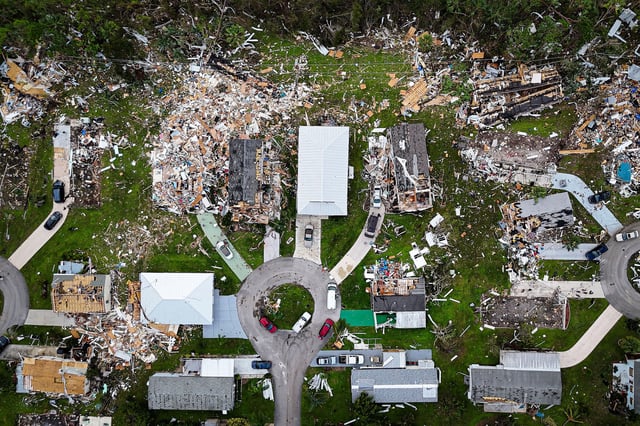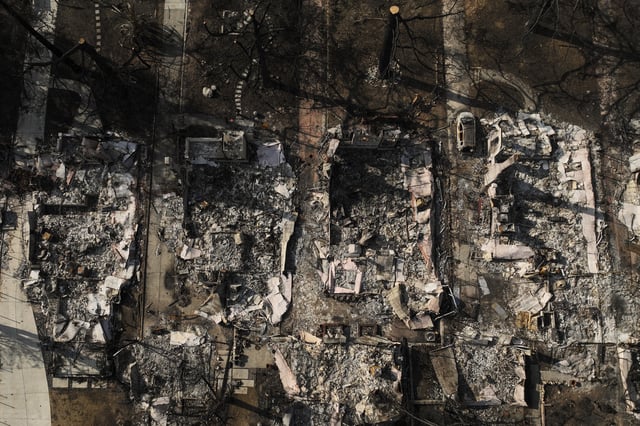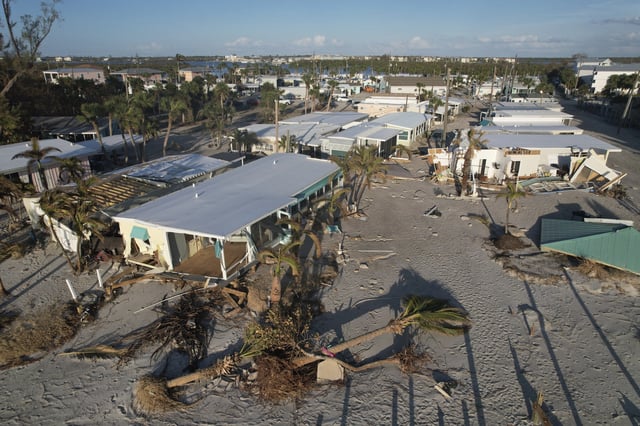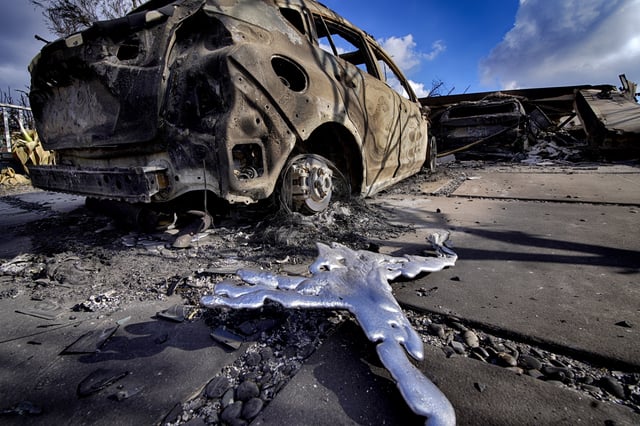Overview
- NOAA announced it will archive but no longer update its Billion-Dollar Weather and Climate Disasters database after 2024, citing staffing reductions and shifting priorities.
- The database, a critical resource since 1980, has tracked over $2.9 trillion in damages from 403 major weather events, but its unique methodology is difficult to replicate elsewhere.
- The proposed FY2026 budget includes a $1.5 billion cut to NOAA, targeting climate research, satellite programs, and other essential functions, raising concerns about public safety and economic impacts.
- Nearly 10% of NOAA's workforce has already been reduced through layoffs and buyouts, with further operational disruptions anticipated, including reduced weather balloon launches and potential part-time forecast offices.
- Former National Weather Service directors warn that the cuts could compromise severe weather warnings, risking lives and undermining the agency's ability to respond to climate-driven disasters.



